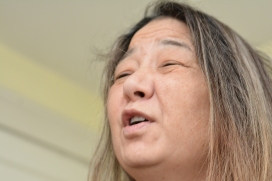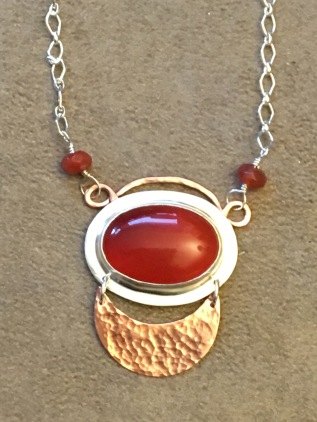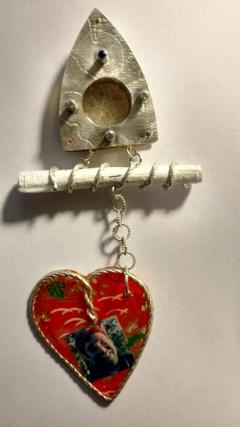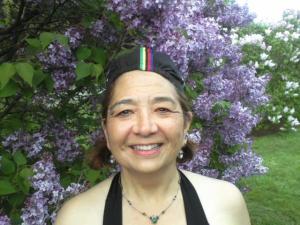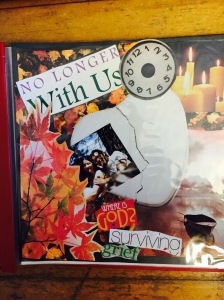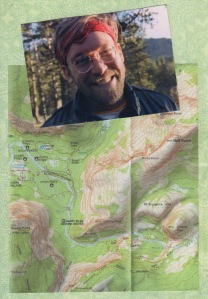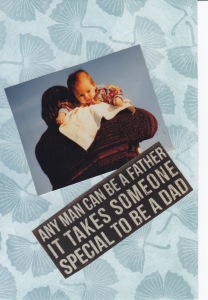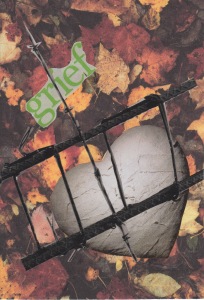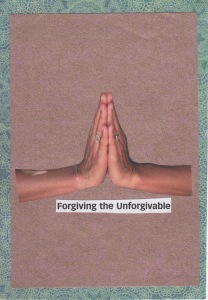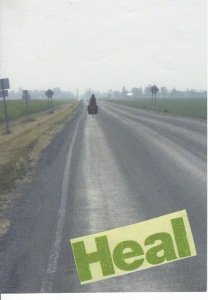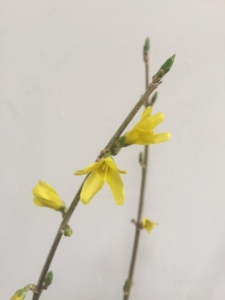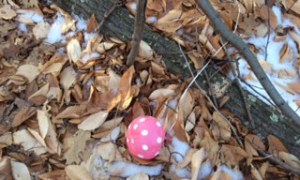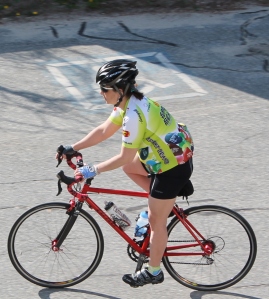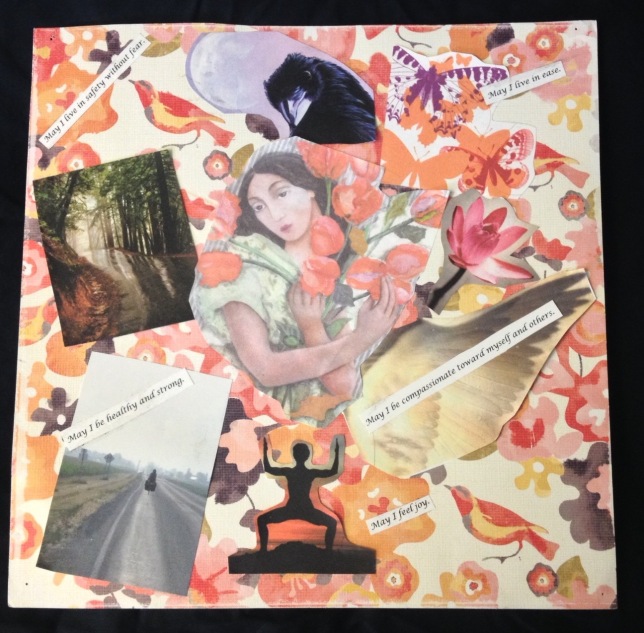My partner David has a longstanding interest in photography. In the past few years he has upped his game by getting a good camera, studying photographic concepts, and taking lots of pictures. The ones that are not used for selling stuff on Ebay are often of me (as well as landscapes and wildlife).
Now I have mixed feeling about this. On the one hand, I want to encourage his interest and he can take lovely flattering pictures of me. However, he also takes ones that I feel are not so flattering, although they are “good pictures.” These pictures have good composition, light, and create a sense of interest. However, I look at them and think, 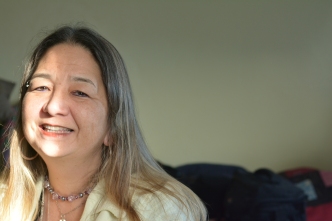 “Do I really look like that??” I guess I do.
“Do I really look like that??” I guess I do.
What I have come to understand is that I look attractive (by some mythic standards) some of the time and not others. And it is all me.  It took a bit of perspective to come to this. I embrace my bright eyes and inviting smile and am working on accepting my aging self – with my salt and pepper hair (that is more salt than pepper), worry wrinkles on my forehead, and saggy neck. What is beautiful anyway? As they say, it depends on who is looking.
It took a bit of perspective to come to this. I embrace my bright eyes and inviting smile and am working on accepting my aging self – with my salt and pepper hair (that is more salt than pepper), worry wrinkles on my forehead, and saggy neck. What is beautiful anyway? As they say, it depends on who is looking.
Yet, it is interesting to look at myself in his pictures and hear him talk about them. He often sees different things than I do. He sees the bight eyes and the turn of my head and I see the blemish on my skin. 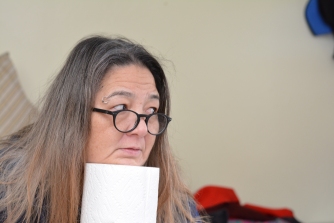 I guess often we are more critical of ourselves than others are. But, I think looking at myself through his eyes and the camera’s lens helps me to try to not judge myself and to accept the pictures as gift – a reflection of moments in time that are quickly passing.
I guess often we are more critical of ourselves than others are. But, I think looking at myself through his eyes and the camera’s lens helps me to try to not judge myself and to accept the pictures as gift – a reflection of moments in time that are quickly passing.